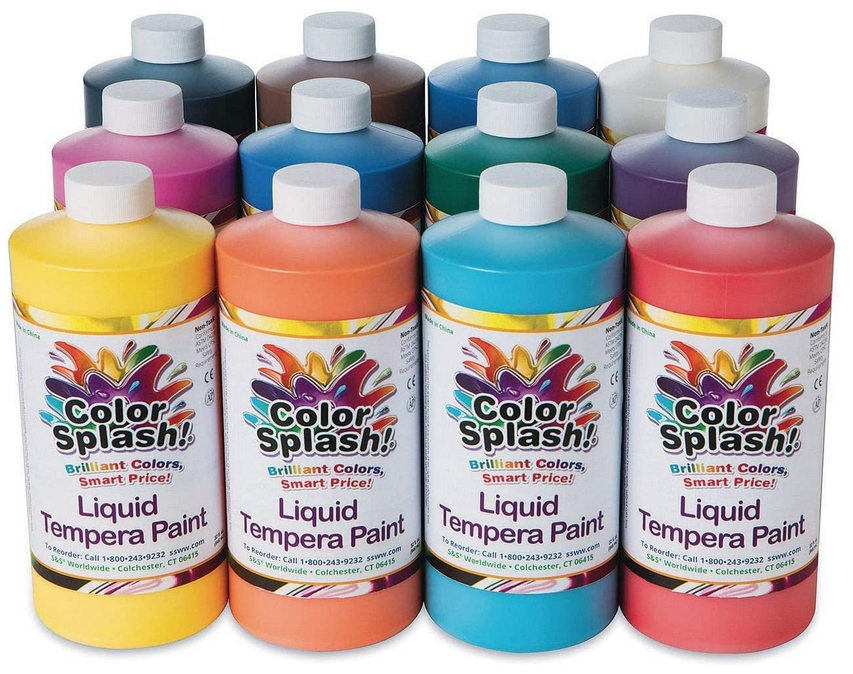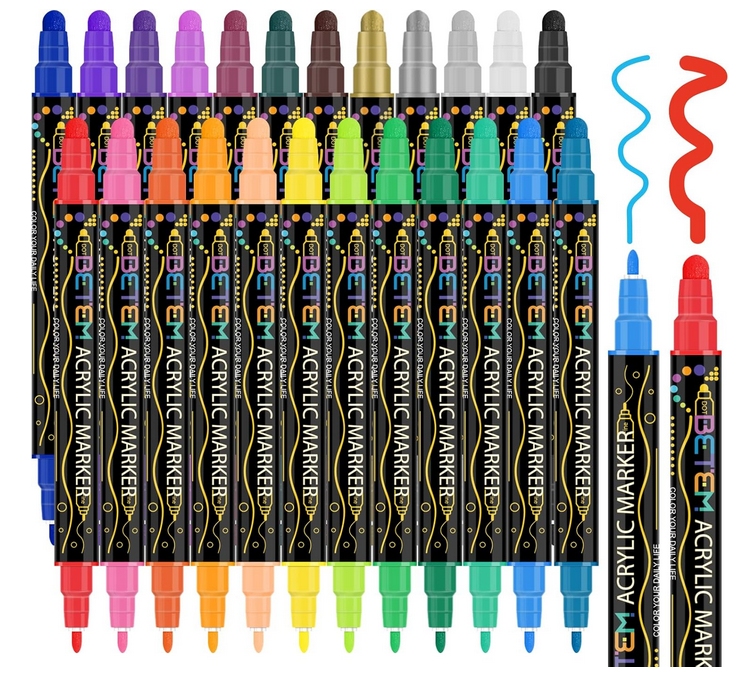- Home
- Art History
- Impressionism
- Claude Monet
Impressionism - Claude Monet
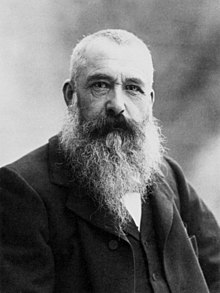
One of the most well-known impressionist painters is Claude Monet. He was born and raised in the northern coastal city of Le Havre. He studied in Paris at the Academie Suisse. Monet depicted light in his paintings with quick, loose brushstrokes. One of his most well-known paintings is from 1874, called Impression, Sunrise.
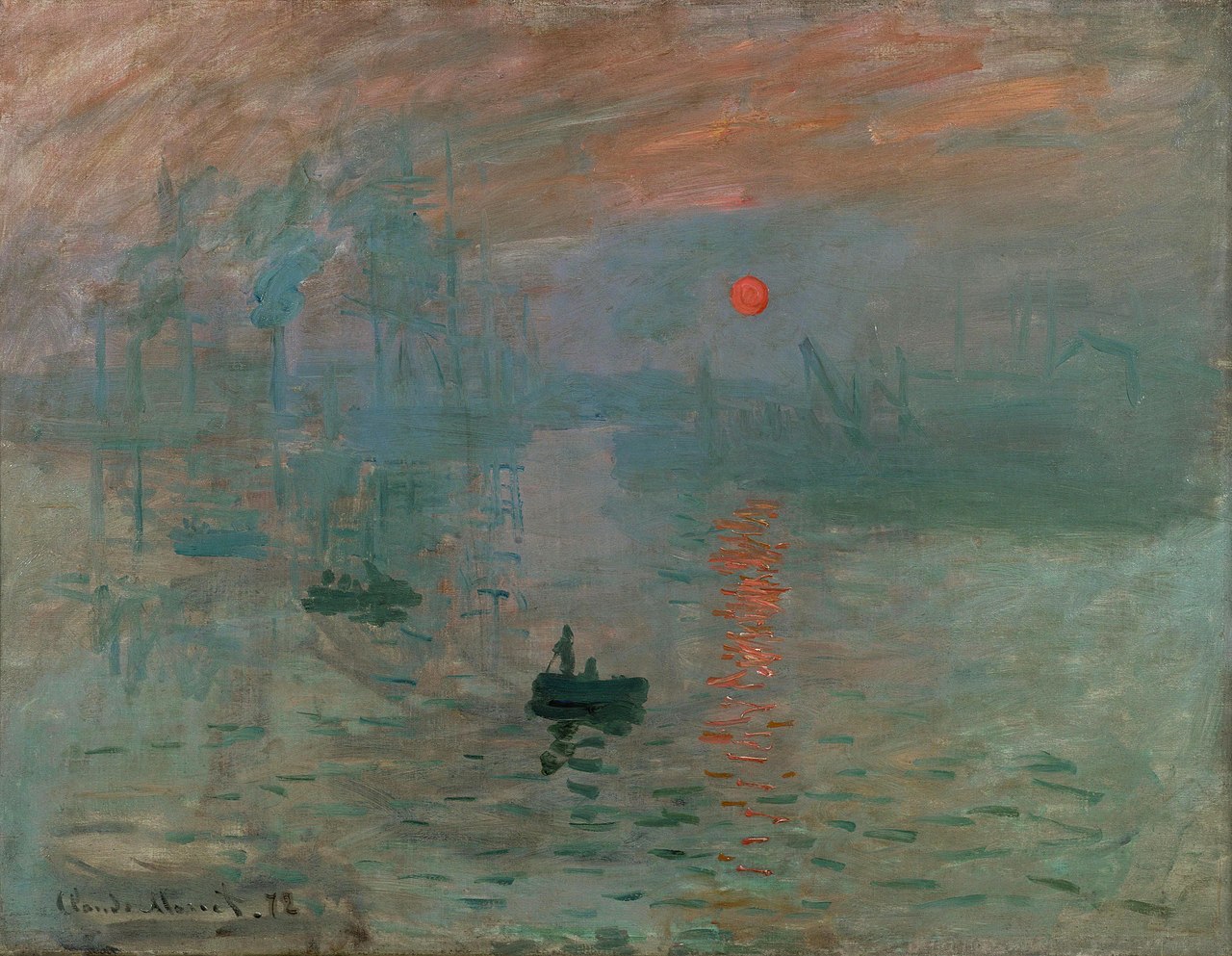
Monet was a prolific landscape painter, capturing a subject over and over. His series of paintings include water lilies, haystacks, the coast at the fishing village of Etretat, snowy mountains, and his children. Most of his paintings were done "en plein air" or outdoors, returning to the same subjects at different times of the day and seasons of the year. Monet painted water lilies over and over for twenty-five years. He was preoccupied with water, reflections, and the ambient light of a sunny day - each of these elements changed from moment to moment before the painter.
|
In his youth, Monet earned an income by drawing charcoal caricatures in his home town. Later, when he studied in Paris, he met and became friends with Renoir, Bazille, and Sisley. He also met and married Camille Doncieux in this period. He soon painted his iconic Impression, Sunrise. |
During the 1870s Monet developed his technique for rendering atmospheric outdoor light, using broken, rhythmic brushwork. He received little but abuse from public and critics alike, who complained that the paintings were formless, unfinished, and ugly. | |
|
In 1874, with Impressionist friends Pissarro and Edgar Degas, Monet helped organize the Société Anonyme des Artistes, Peintres, Sculpteurs, Graveurs, etc., (Anonymous Society of Artists, Painters, Sculptors, Engravers, etc.) the formal name of the Impressionists' group. |
He and his family endured serious impoverishment. But, by the 1880s, however, his paintings started selling. | |
|
When Monet's paintings began to sell, Pissarro
accused him of commercialism, and younger painters called him passé, for
he remained loyal to the Impressionists' early goal of capturing the
transitory effects of nature through direct observation. |
In 1890 he began creating his series paintings, depicting the same subject under various weather and seasonal conditions and at different times of the day. | |
|
By 1890, Monet began earning good enough prices for his paintings that he was able to buy property in Giverny, where he continued to live and paint for another 30 years. |
His late pictures, made when he was half-blind, are shimmering pools of color almost totally devoid of form. |
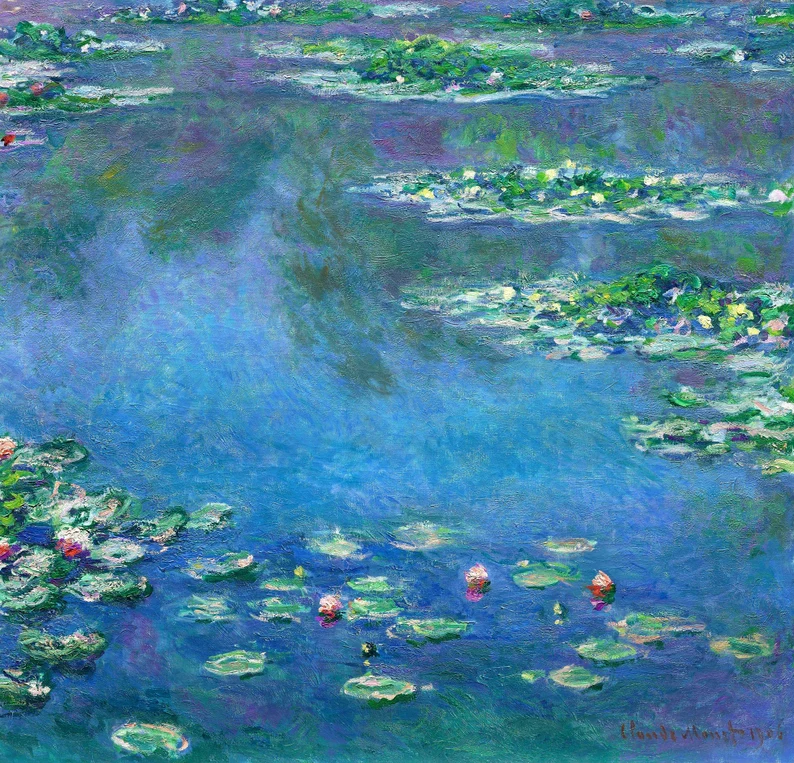 |
"Now I really feel the landscape. I can be bold and include every tone of pink and blue: it's enchanting, it's delicious." ~ Claude Monet |
... for more information about Monet see also the Getty Museum web site.
Okay, so now I've put on some ads from Amazon - from which I may earn a few cents. (2025)


